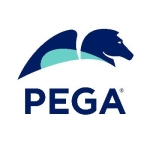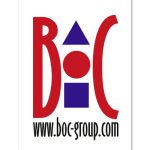We use the solution for a lot of things. However, one of the main things we use it for is approval workflows.
I really like the visual representation. It actually looks like a flow chart, which is nicer than a SharePoint Designer workflow, which doesn't have that ability.
The solution is a bit too expensive. It could be cheaper.
I've been dealing with the solution for two or three years at this point.
The product is quite stable. I haven't had issues with bugs or glitches. It hasn't crashed or frozen on me. It's reliable, as far as I can tell.
It's my understanding that the solution is scalable. If a company needs to expand it, it should be able to do so.
We have about 1,500 users on the solution currently. Anyone who can access SharePoint can access this product, and that is pretty much the entire company.
I've dealt with technical support in the past. They could be better. They aren't as responsive or knowledgeable as they could be. I'm not completely satisfied with their level of service. That's just my own personal experience. They have tried to be helpful, and the issues I had with them were a long time ago.
The initial setup, as far as I understand it, was not complex. It was very straightforward. However, I personally didn't install it. It was installed when I came to the job.
The cost of the solution is quite high. If they could work to reduce it for their customer, that would be ideal for us.
We pay on a yearly basis. It's my understanding that we pay approximately $11,000/year.
We're just customers and end-users. We don't have a business relationship with the company.
I am using the latest version of the solution, whichever it is. I'm not sure of the exact name of the version.
I don't know how the product compares with other solutions other than the older versions of Workflow such as SharePoint Designer. I know that with Online, SharePoint Online, there are other workflow management tools that you can use if you would like to.
In general, I would rate the solution at an eight out of ten. We're mostly happy with it.

















